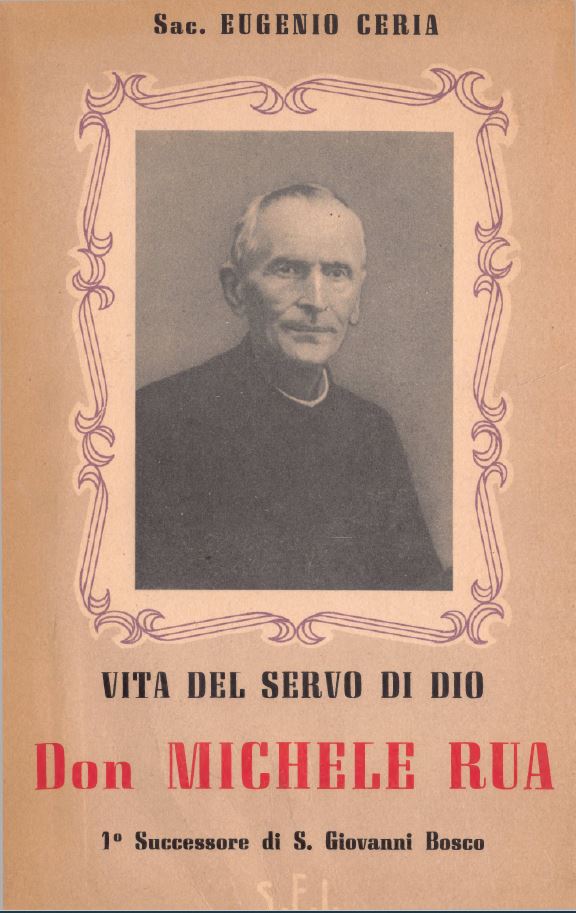The aim of the Seminar is to present the beginnings of the Salesian Presence in East Asia and Oceania. The Philippines, as part of this Salesian Region, has also its beginnings and origins from the first Salesian Presence in East Asia: China. For in the two times that the Salesians started to root themselves in the Philippines, they came from China to negotiate and to concretise what they negotiated. Continue reading “Nestor Impelido – “Salesians in the Philippines (1949-1963): historical notes” in “The beginning of the Salesian presence in east Asia”.”





